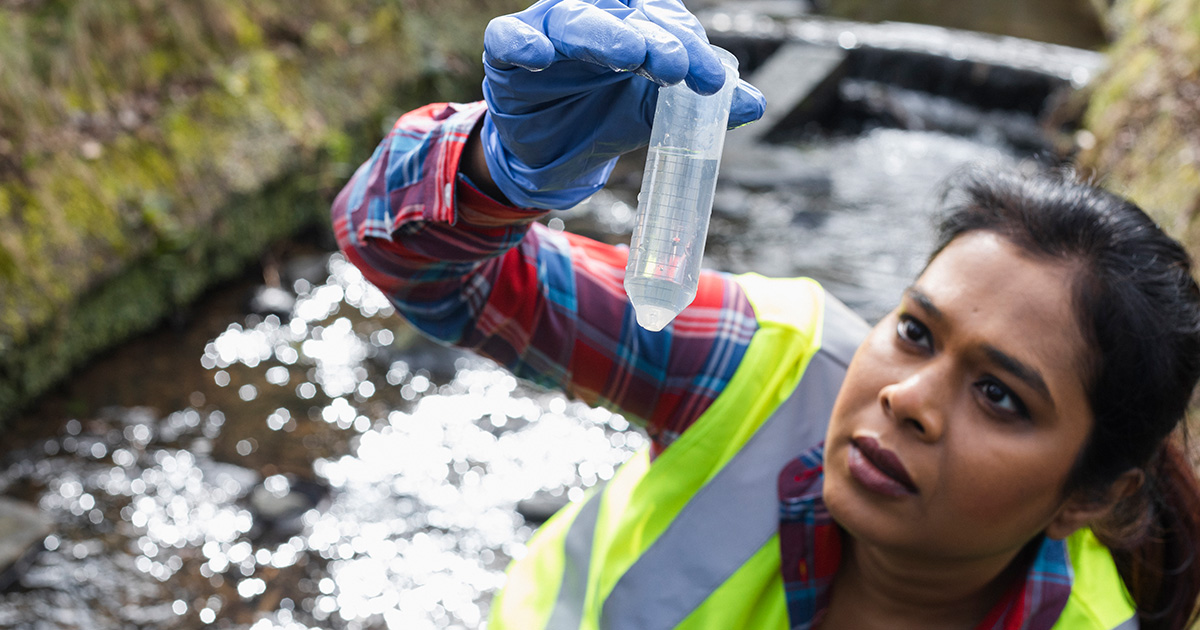A team of WSSC Water, Brown and Caldwell, and Northwestern University has published research to revolutionize cost-effective, environment-safe nutrient removal at water resource recovery facilities (WRRFs).
The $300,000 research project, Demonstration of Progressive Carbon Efficient Nitrogen with Biological Phosphorus Removal in a Conventional BNR Facility, funded by The Water Research Foundation (WRF), sought to study lowering operating costs of biological nutrient removal (BNR) systems while fully utilizing existing infrastructure.
Introduced in the 1970s, BNR techniques have been subject to scrutiny due to high energy demand, reliance on external chemicals, and economic and environmental sustainability concerns. Given these challenges, many utilities worldwide operating conventional BNR facilities are in dire need of innovative alternatives to meet stringent nutrient limits.
To this end, full-scale research at WSSC Water’s 26 million gallons per day Seneca WRRF in Montgomery County, Maryland, addressed this need by demonstrating how efficient management of influent carbon, coupled with simultaneous nitrification and denitrification and post-anoxic denitrification, can reduce both energy and chemical usage while still meeting nutrient standards.
Thus, by utilizing ammonia-based aeration control to maximize influent carbon utilization rather than aerobic oxidation, the facility decreased its energy use by lowering the aeration demand and blower runtimes and reduced the need to purchase additional carbon for denitrification, thus lowering its carbon footprint.
Furthermore, the research revealed that low dissolved oxygen conditions can effectively facilitate combined biological nitrogen and phosphorus removal, thereby reducing the need for high-volume mixed liquor recycling, usually as high as four times the WRRF’s flow.
Through this demonstration process and subsequent full-scale implementation, the Seneca WRRF is on track to save its annual energy and chemical costs by approximately $575,000 as it continues to meet nutrient removal requirements.
WSSC Water is considering deploying the innovative cost-saving strategies throughout its other five WRRFs to maintain affordable and sustainable service for its 1.9 million customers.
The findings of the research, combined with numerous international awards for wastewater excellence, continue to position WSSC Water at the forefront of science-based nutrient removal approaches.
“We congratulate WSSC Water for their unwavering commitment to providing safe and reliable water to its customers and returning clean water to local waterways,” said Brown and Caldwell’s Dr. Pusker Regmi, a principal research investigator. “This study is a game changer for the water industry as we collaborate with utilities and academia to find the most effective, sustainable, and economical ways to enhance nutrient removal practices while protecting the environment.”



